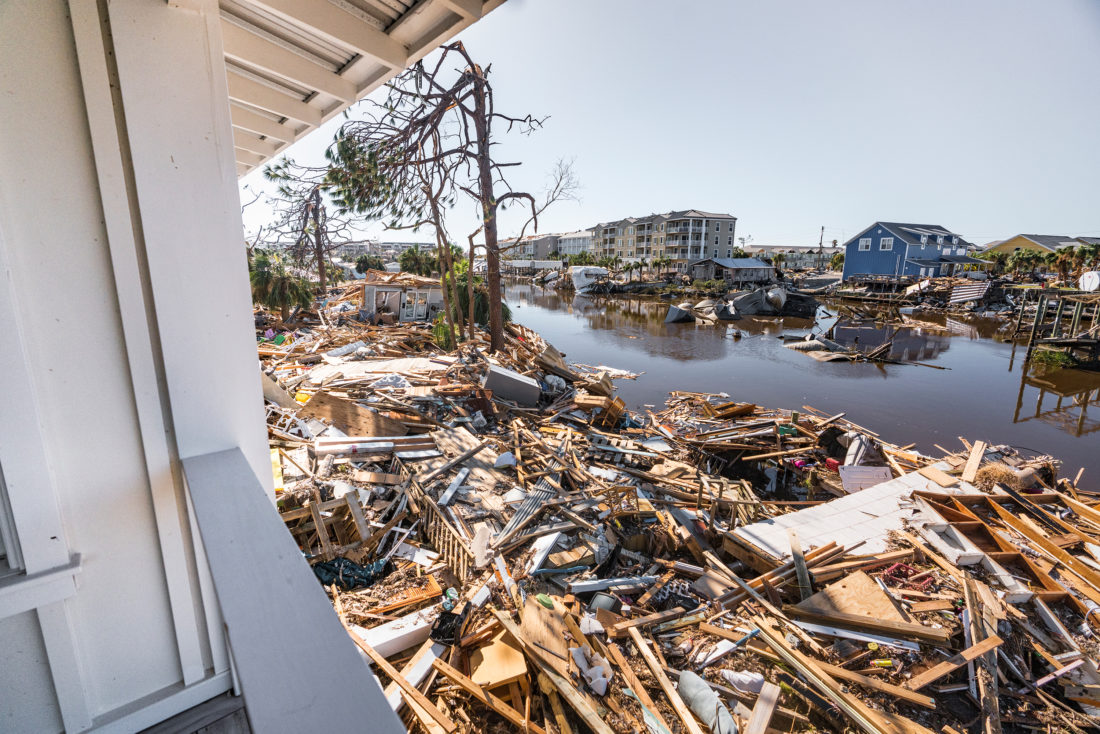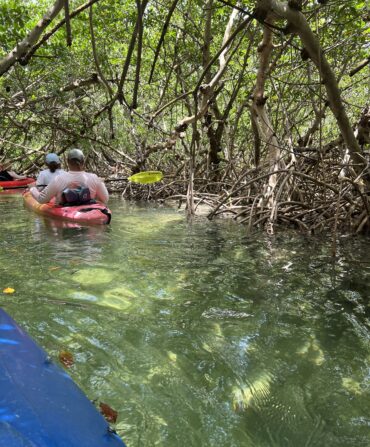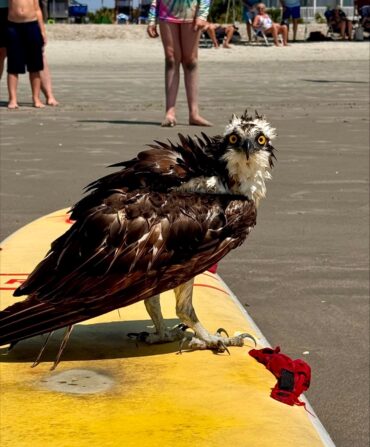David Mangum, the owner of a fishing guide service in Santa Rosa Beach, Florida, about thirty miles west of Panama City Beach, is a native Panhandler, born in the town of Destin. Over the years, he estimates that he’s lived through a dozen or so hurricanes. “But I’ve never seen anything like Hurricane Michael before,” he says.
Though Mangum’s home is in Point Washington, Florida—a few miles inland from the coast—he and his wife and child left earlier this week to stay in New Orleans, as the reports of the fast-moving storm grew steadily more ominous. “It was initially described as a disturbance somewhere down south, and then became a Category One, then Two, and then a Three,” he says. “And the trajectory never really changed, so we got out of there.” The storm landed, of course, as nearly a Category Five, reportedly the strongest hurricane to hit the mainland of the United States in more than fifty years.
Mangum began his journey home on Thursday, the day after the storm made landfall. “First we saw the heavy trucks with the buckets and their lights flashing along the highway, trying to restore the power,” he says. “Then there were leaves, then branches, and then entire trees near the road.” When they returned home, Mangum and his family discovered that their house and neighborhood had been, for the most part, spared the greater wrath. “It was a huge mess with trees down everywhere and no power, but our house was still standing.”
The coast was a different story, of course, particularly in Mexico Beach, which is where Michael made landfall with 155 mile-per-hour winds.
On Friday morning, Randy Horton, the owner of an outfitters shop in Santa Rosa Beach, stopped by Mangum’s house. Horton had recently completed a new home in Mexico Beach and wanted to go check on it. With the trees and debris making most roads impassable, the two men decided to take a boat, making the seventy-mile one-way run. They passed by Panama City, where they saw boats all along the shoreline. “Sailboats, motorboats, upside down and toppled,” Mangum says. “One was ninety feet from the water.”
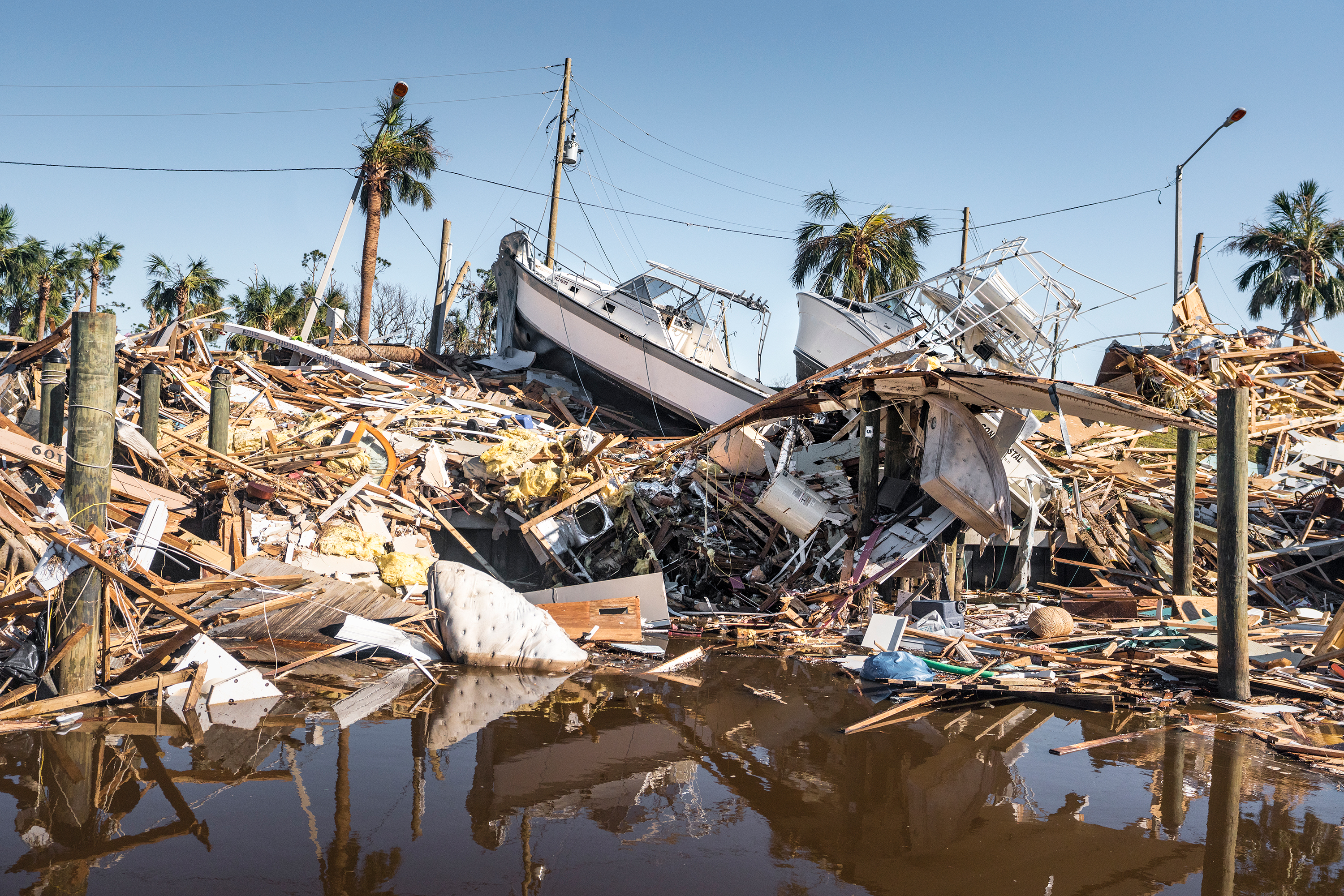
Photo: David Mangum
Boats sit amid the debris in Mexico Beach.
As they ran down the beach, they noticed entire dunes that had been wiped out. “Giant masses of land that were once there were just gone,” he says.
Mexico Beach—ground zero—was even worse. “Everything was just vaporized,” Mangum says. “There were concrete slabs where houses had once been, with pipes sticking out that were shooting out water. Cars were floating in the water. The only way I can describe it is that it looked the area had been hit by an atomic bomb.”
The two men pulled into the canal where they hoped to see Horton’s house. “I can barely describe how anxious we were,” Mangum says. “The smell of gas and natural gas and other things I’d never smelled in my life was nauseating.” There was not another human in sight. “The craziest thing was the sound of hundreds of home fire alarms going off at the same time, I guess because they were no longer attached to power,” Mangum says. “It sounded like an army of electronic crickets.”
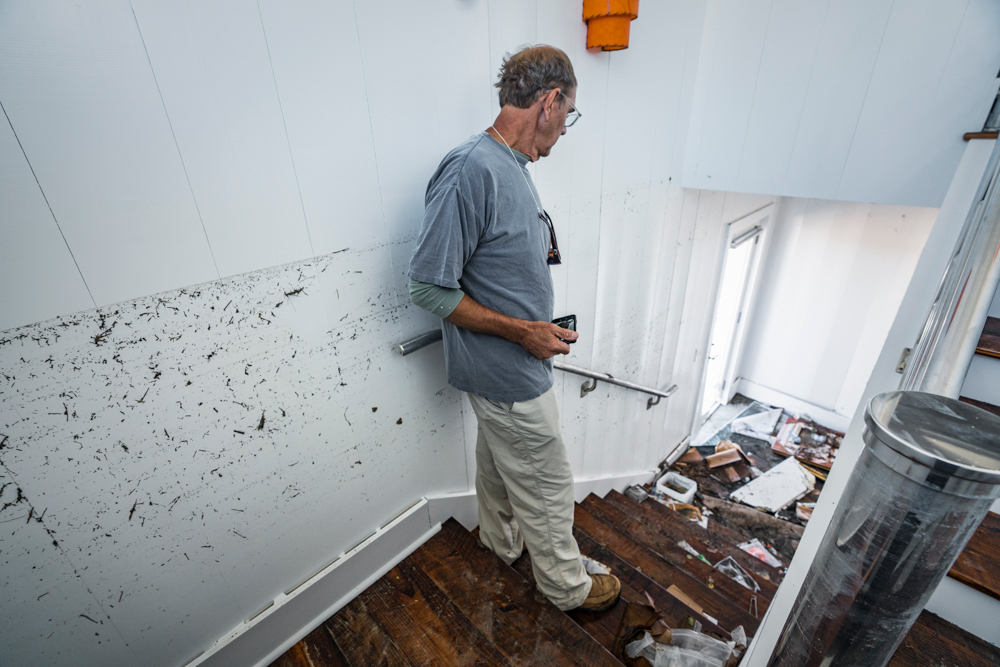
Photo: David Mangum
Randy Horton looks down from where the water rose in his house.
The duo spotted Horton’s house. All around it, houses had been smashed to bits “piled like matchsticks,” Mangum says. But amazingly Horton’s house was still standing. “Randy had been obsessive about hurricane-proofing his house, with the right windows and extra strapping,” Mangum says. “It paid off.” There was, however, flooding. Judging from the waterline in his home, Horton estimates the water had surged eighteen feet.
Once the shock wears off, the hard work of rebuilding will begin for the area’s residents.
How you can help: A list of on-the-ground relief efforts for those affected by Hurricane Michael


